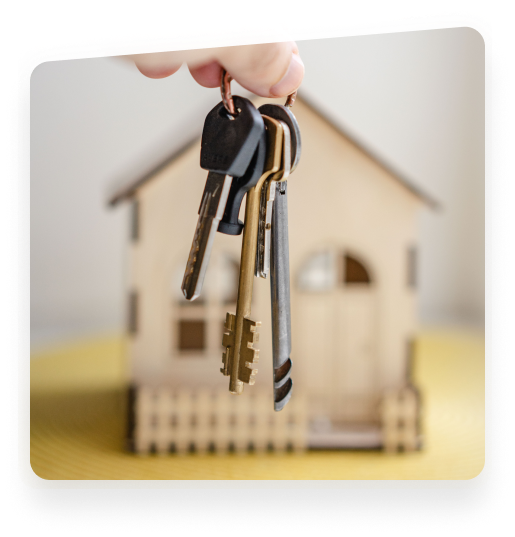One of the best reasons to get a home loan through a mortgage broker is because they can help search for the best home loan fixed rates and variable rates in Australia.
Before we explore how variable and fixed interest rate home loan products work, and their pros and cons, it’s important to note that there’s no one ‘best’ option.
That’s because the type of home loan that suits a single first home buyer with a limited income may be very different to the type of home loan that suits a middle-age couple with several properties and a large household income.
It’s also important to note that the best mortgage deals are not necessarily the ones with the lowest home loan fixed rate or variable rate. Sometimes, a higher-rate loan may be a better option for a borrower if it:
– Comes with a higher chance of approval
– Has lower overall borrowing costs (due to lower fees)
– Has more flexible loan features (such as an offset account)
So while every borrower wants low rates – whether they’re taking out a variable home loan or a fixed interest rate home loan – the interest rate is just one of the factors to consider when searching for the best mortgage deals in the market.

A variable home loan is one whose interest rate the lender can change at any moment, for any reason.
Lenders move interest rates up and down on a regular basis, so if you take out a variable home loan, it’s almost certainly a case of when rather than if your interest rate will change.
That’s great if the interest rate market is trending down, because it means your home loan rate should decrease.
Conversely, though, if the market is trending up, your variable rate is likely to increase.
Given that variable rates can experience large fluctuations over the course of a 30-year home loan, it’s generally a good idea to have reasonable financial buffers in place, so you can keep making your repayments even if your rate increases by several percentage points.
While your interest rate can change at any time if you have a variable loan, your rate is set in stone if you have a fixed loan – at least during the fixed period.
Some lenders offer home loan fixed rate terms of as long as 10 years, but the most common terms are of between one and five years.
The great thing about a fixed rate home loan is that you know exactly what your monthly repayments will be during the fixed term, which makes budgeting straightforward.
Another benefit of choosing a fixed interest rate home loan is that if the interest rate market is trending up, you won’t have to pay higher rates.
But that comes with an obvious disadvantage – if the interest rate market is trending down, you won’t get a rate cut.
Also, historically, home loan variable rates have, on average, been lower than home loan fixed rates. So if you choose a fixed rate home loan, you may pay more in interest over the life of your loan.


There’s one other interest rate option you might not have heard of – a split loan.
A split loan is when you make a certain percentage of your home loan variable and a certain percentage fixed.
Some borrowers prefer this option, because it allows them to aim for the best of both worlds.
Not sure whether a variable interest rate or fixed rate home loan or split loan is right for you?
At Breakthru Home Loans, we’ve helped lots of borrowers answer this question over the years.
We’ll help you crunch the numbers and compare options, so you can be confident you’re getting a home loan that’s suitable for you.
We’ll then scour the market to try to find you the best fixed rate home loans or best variable rate deals for your unique situation.
